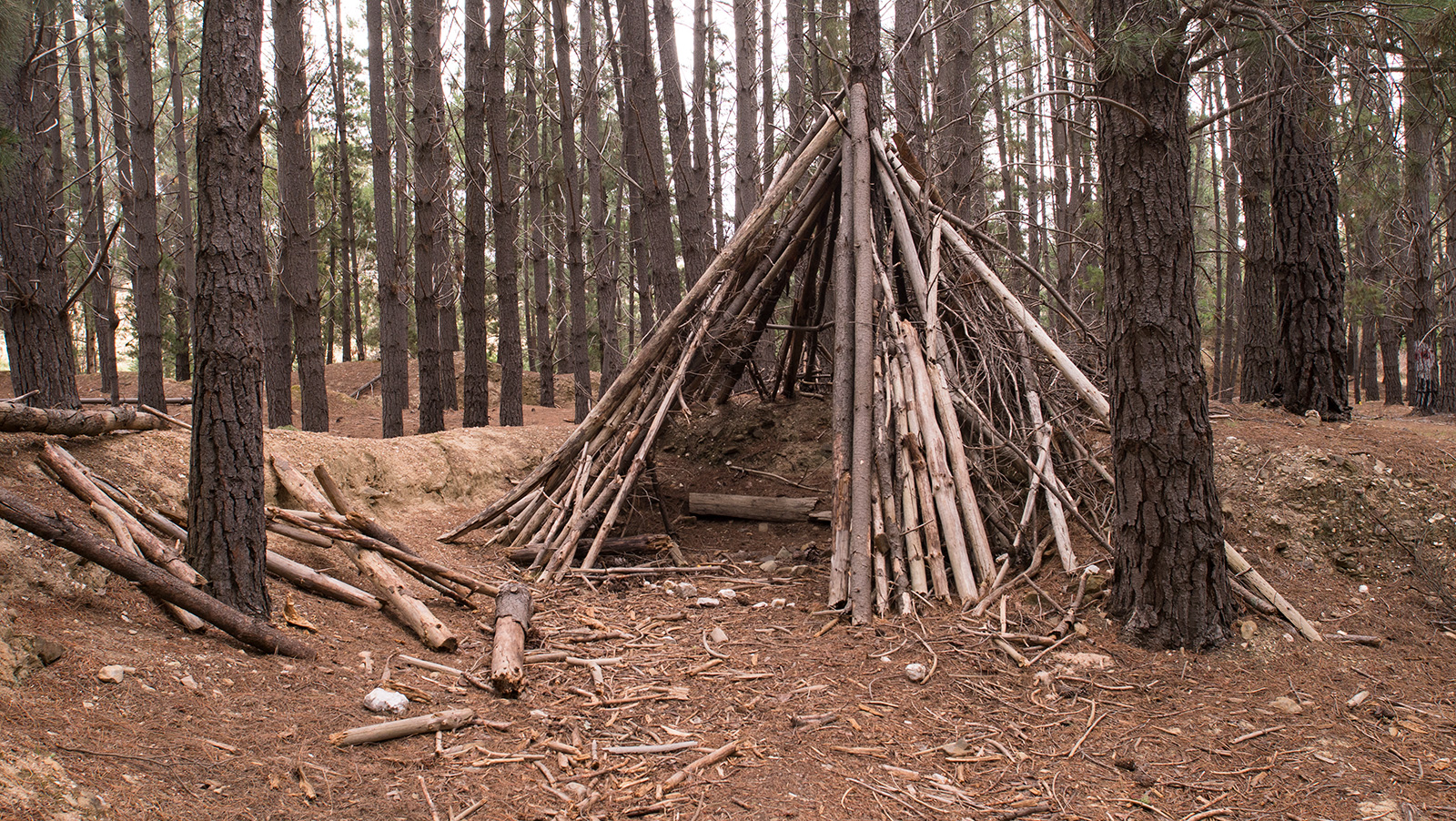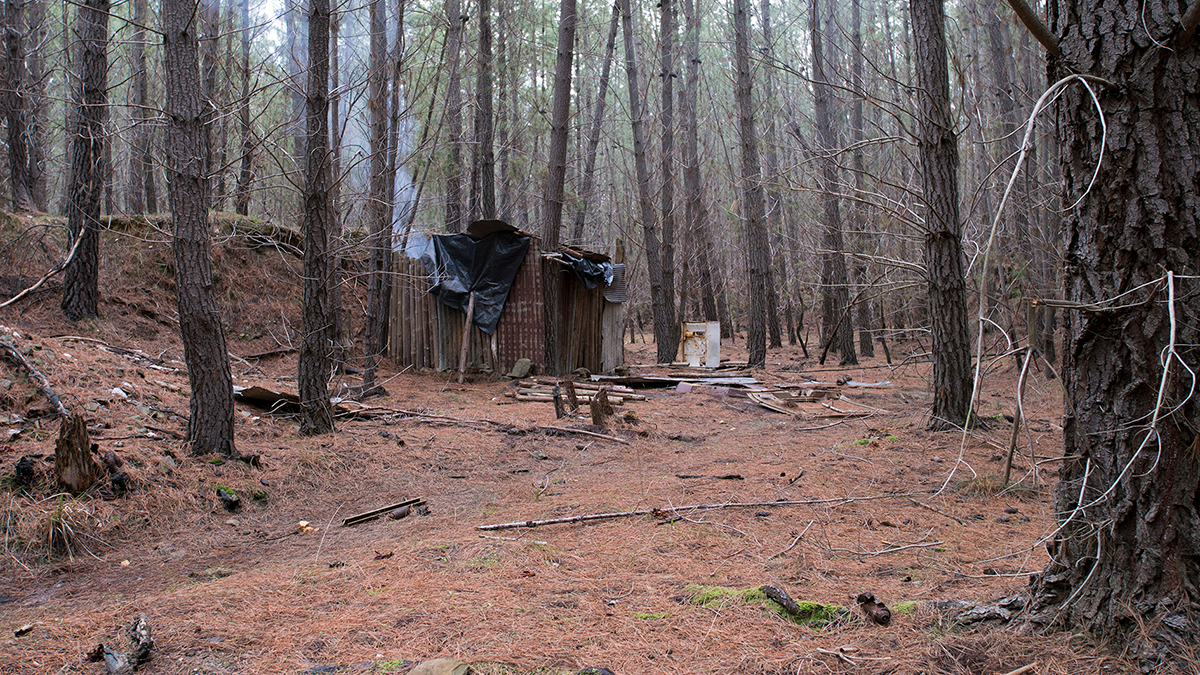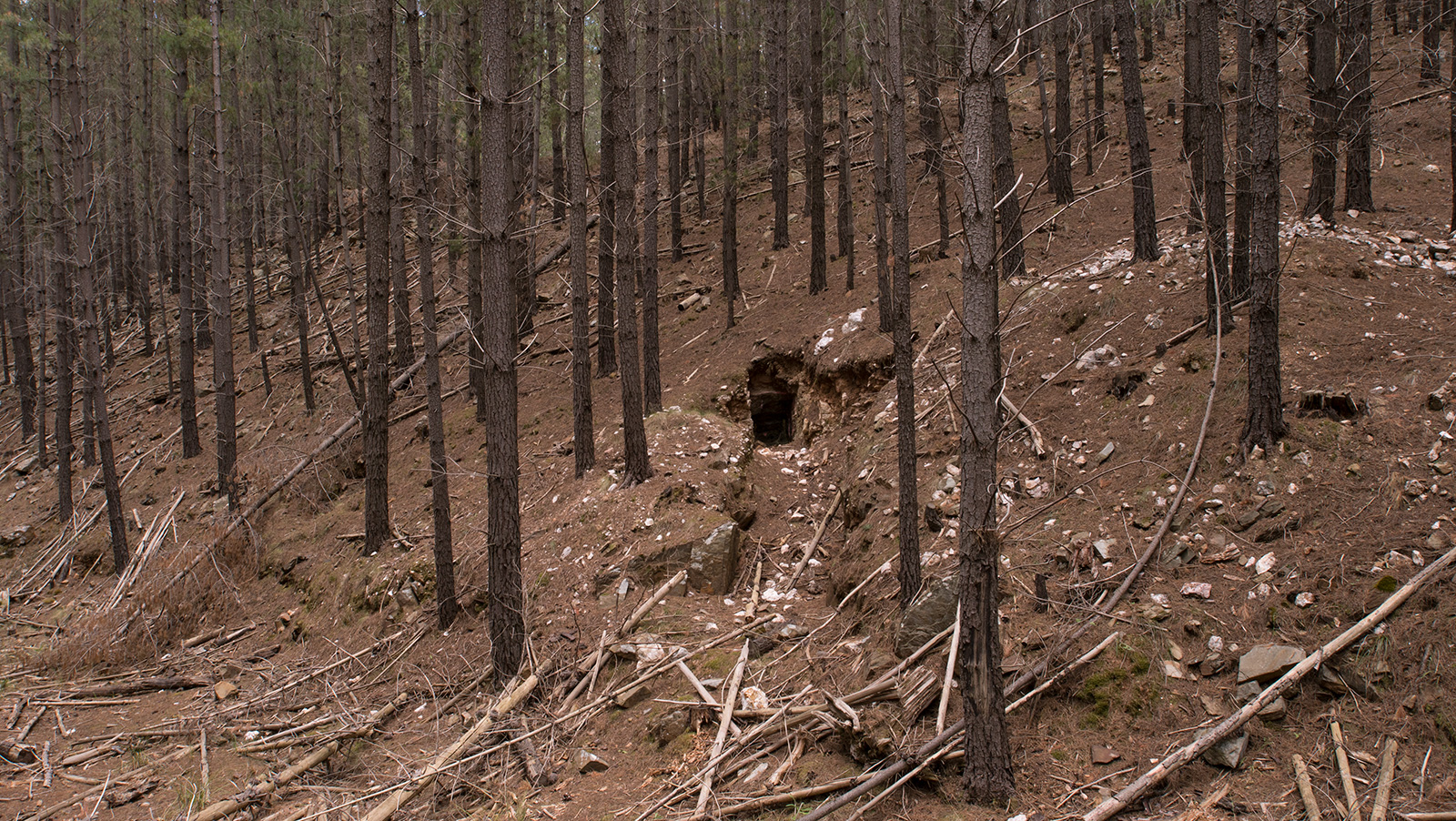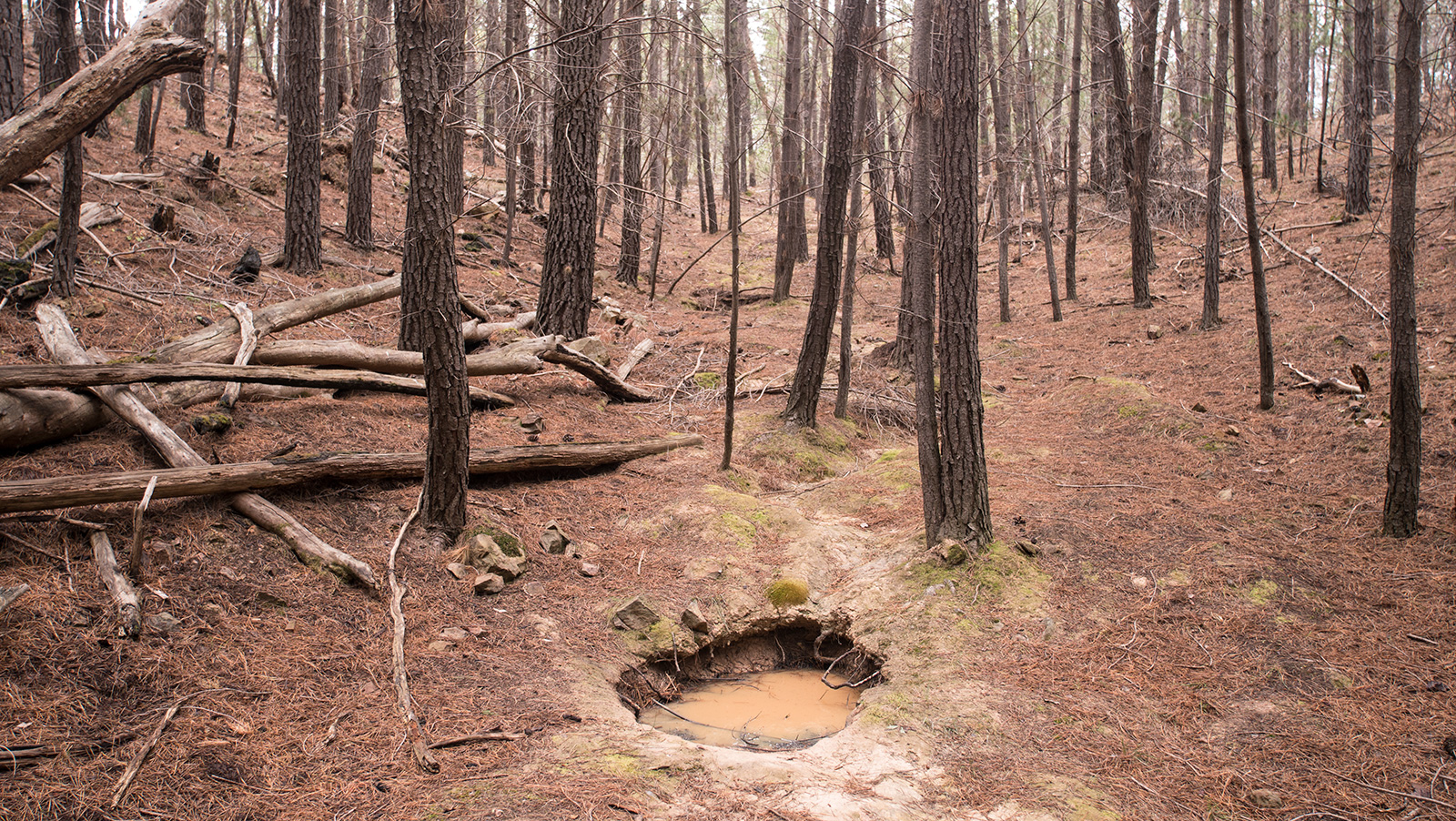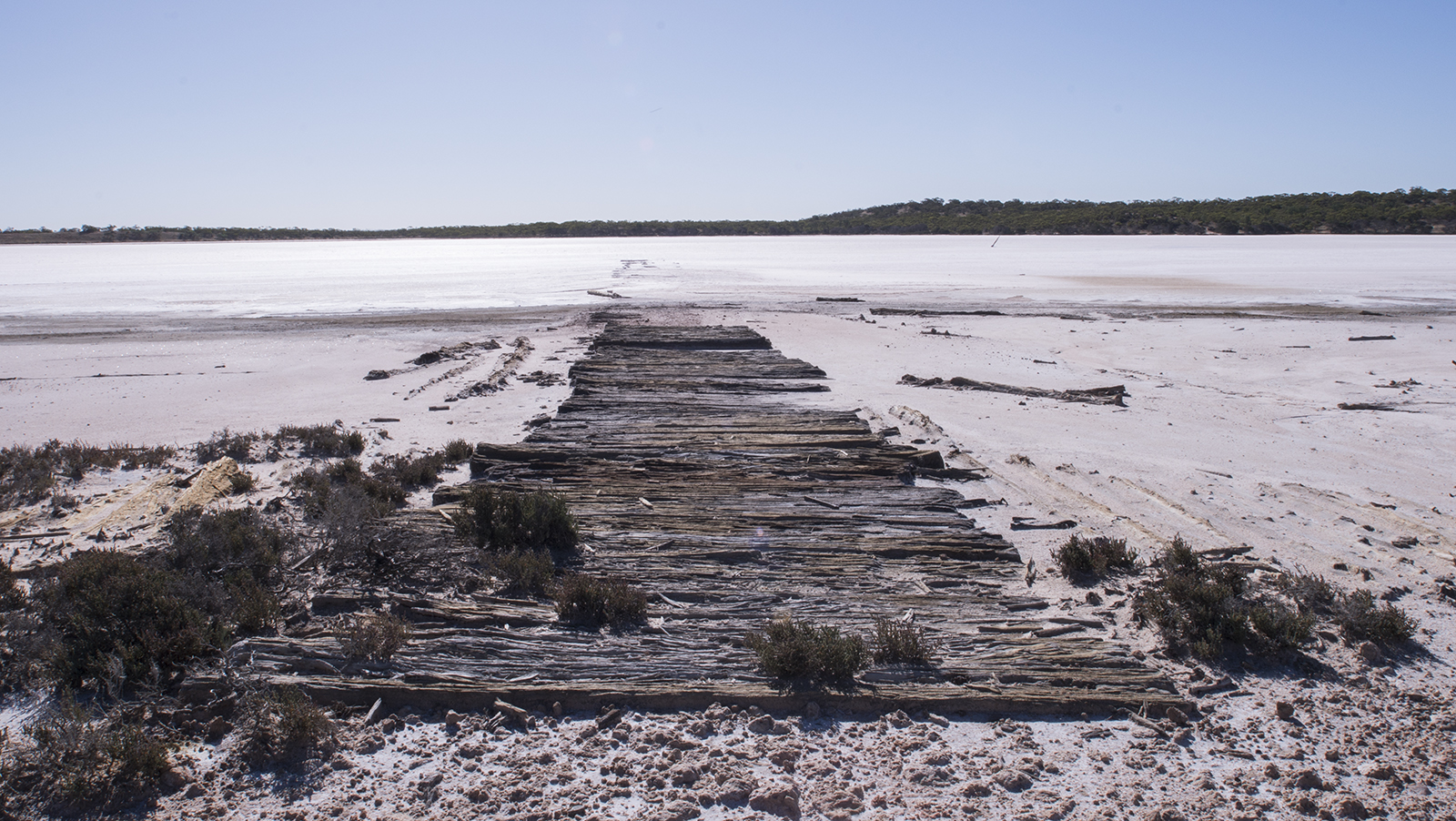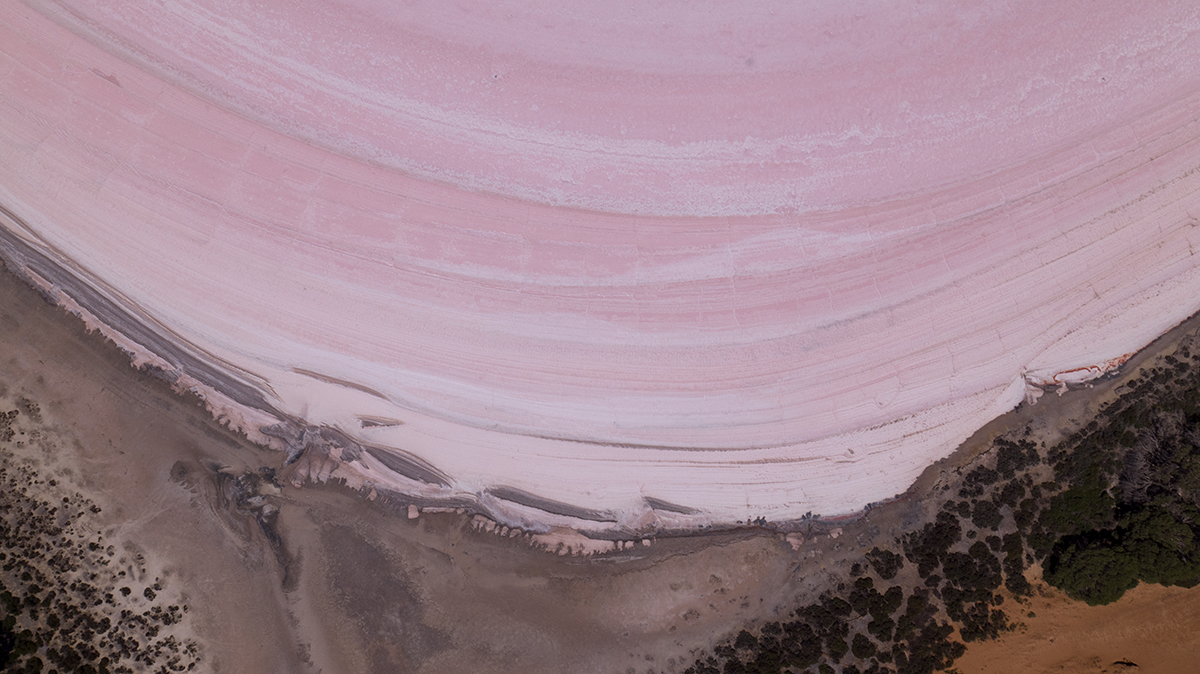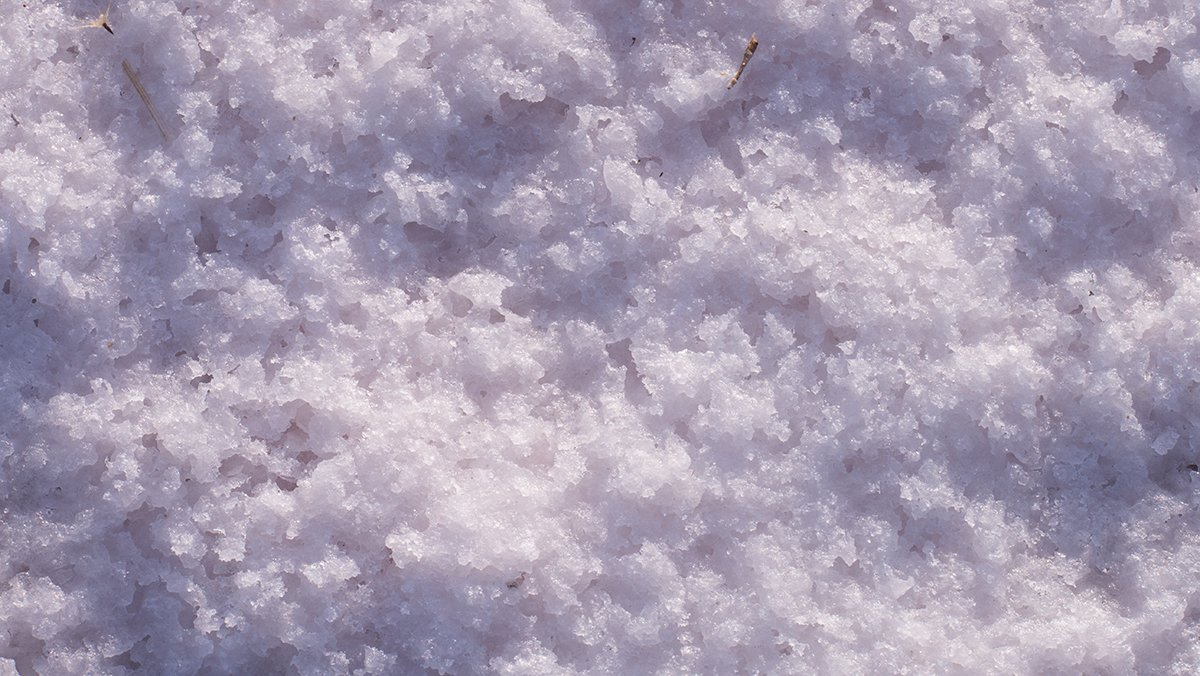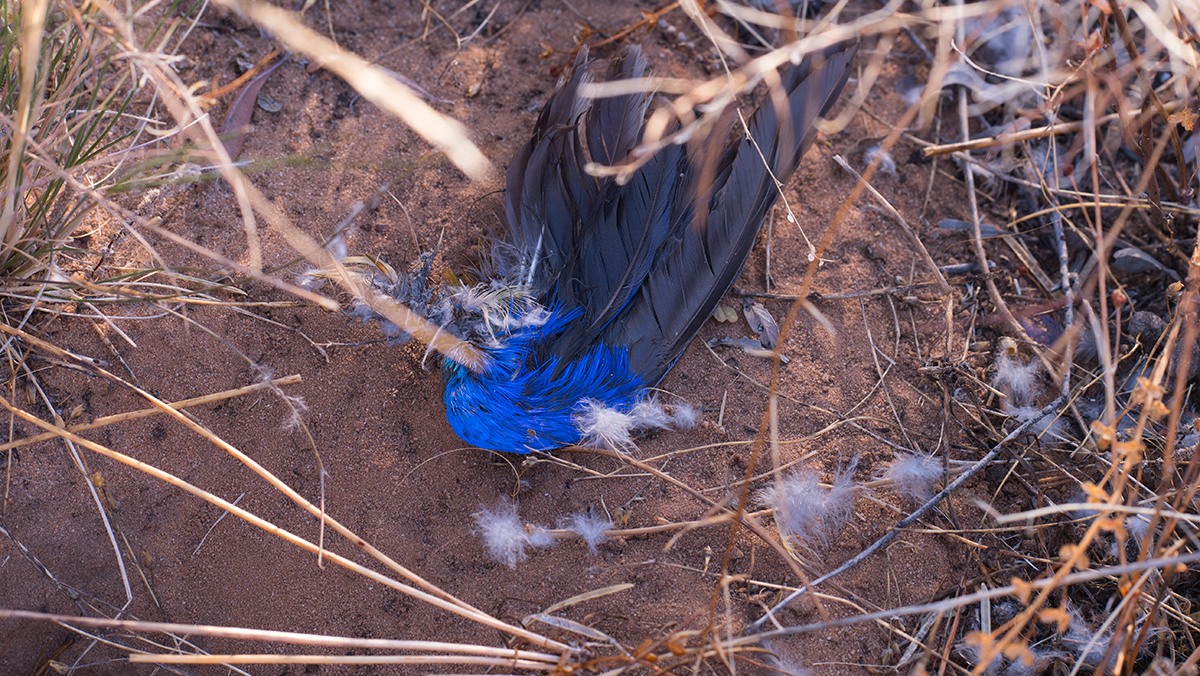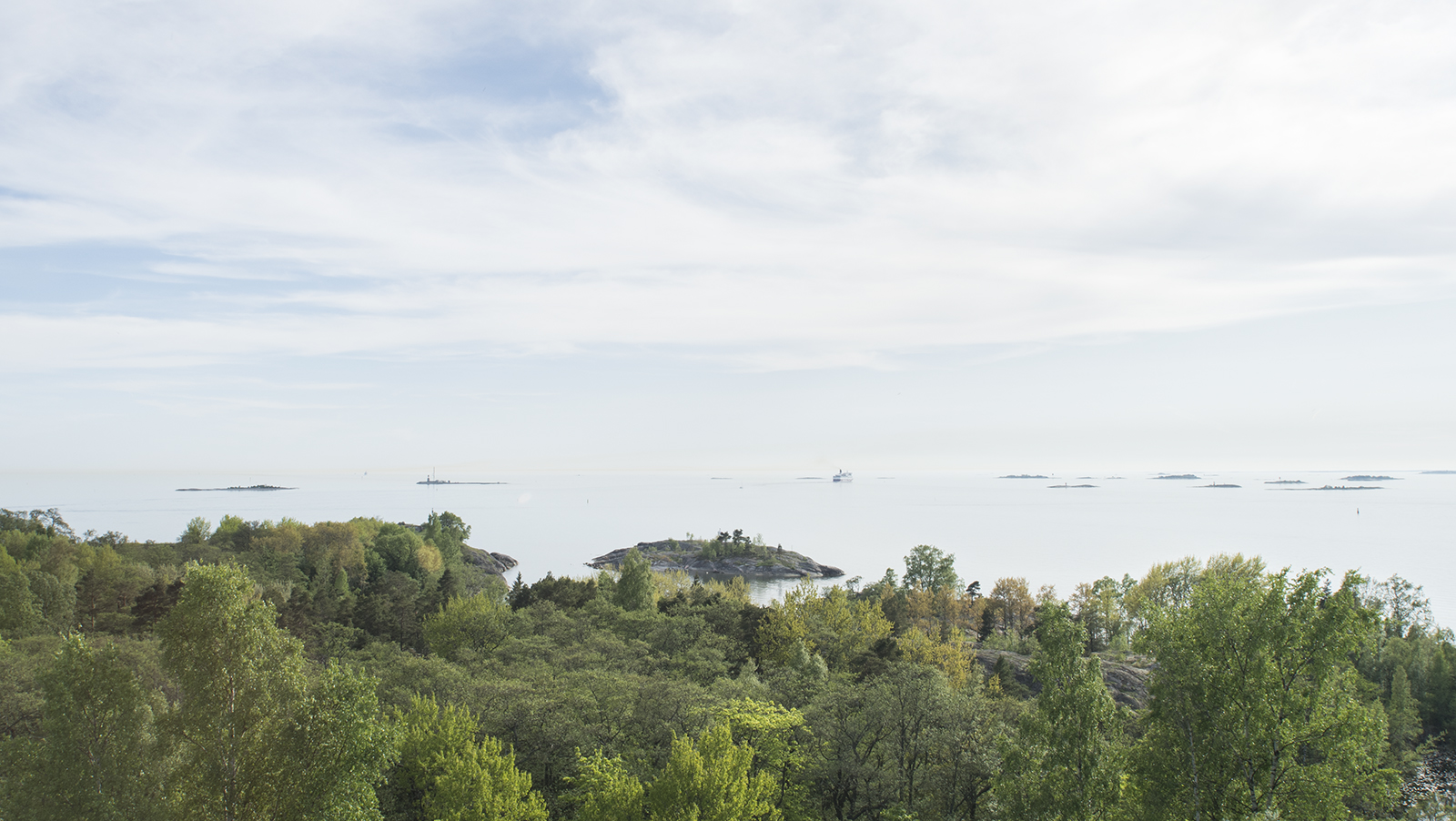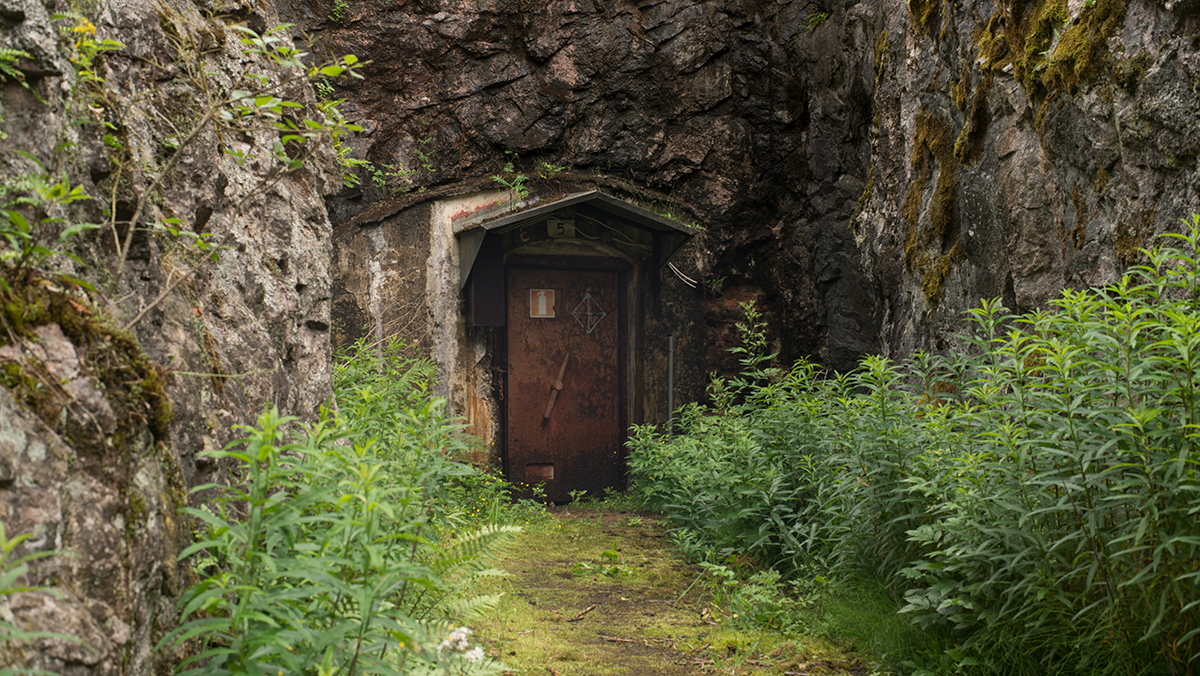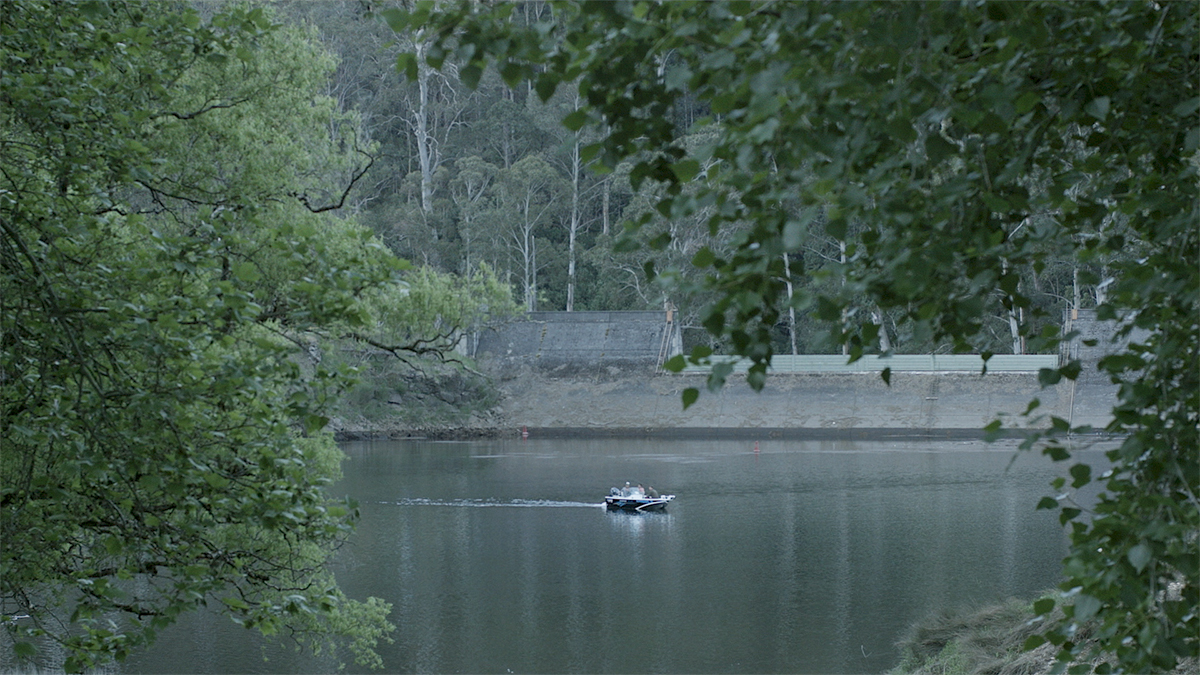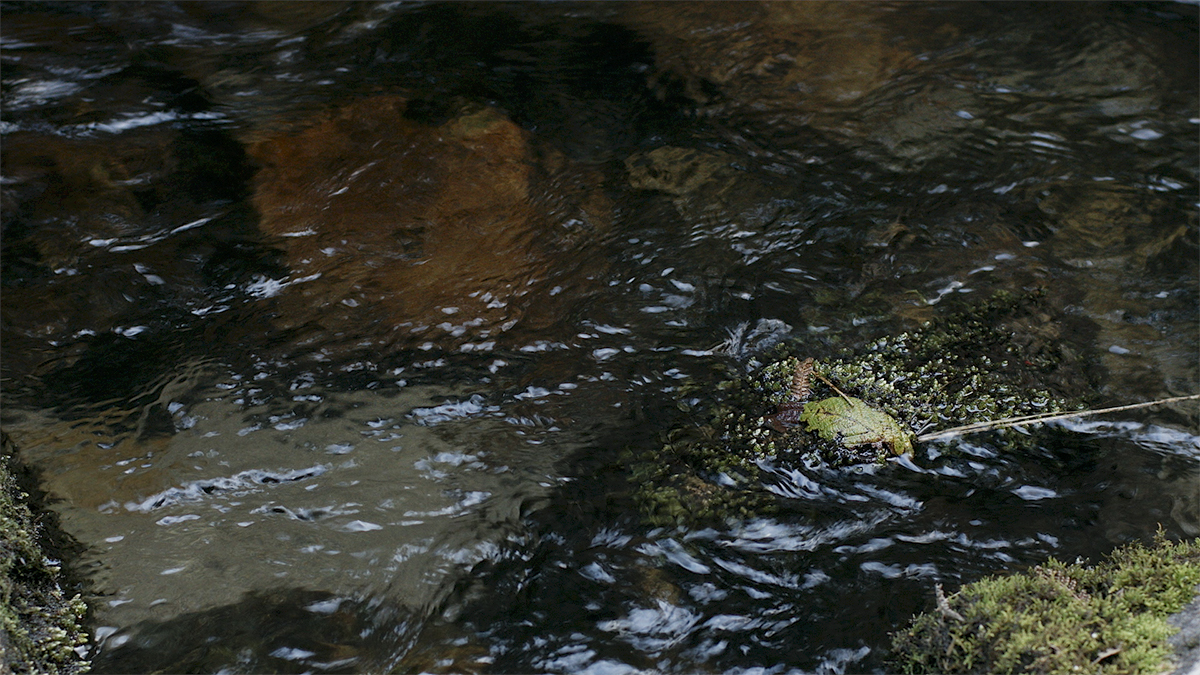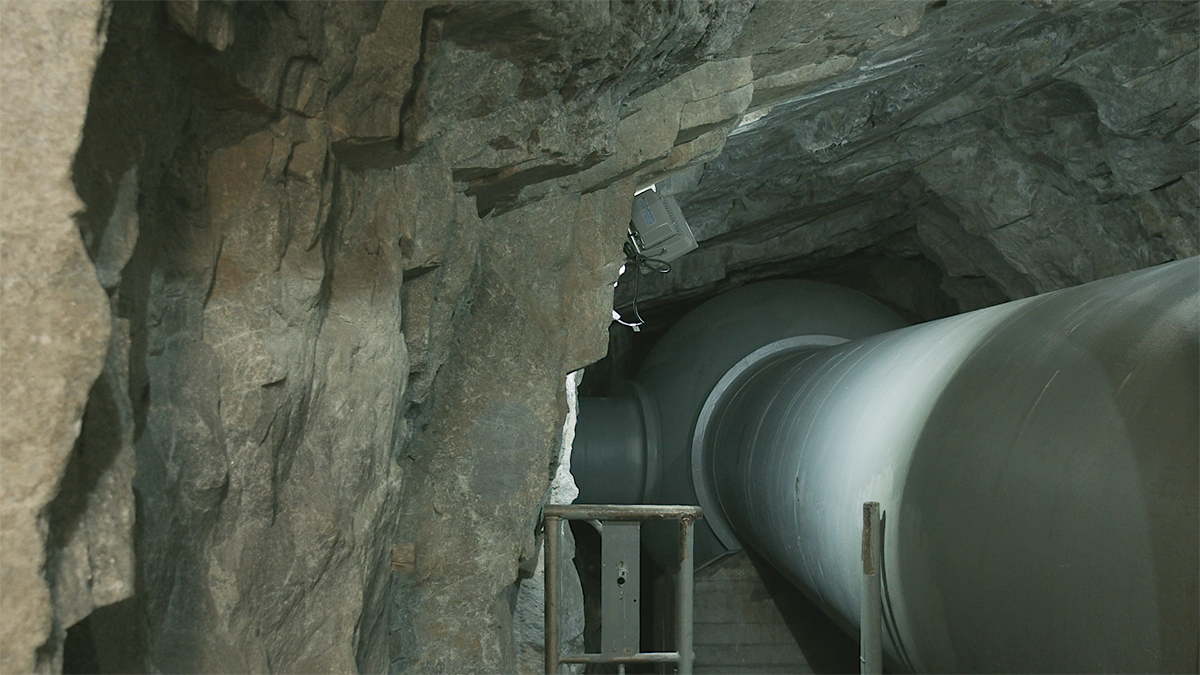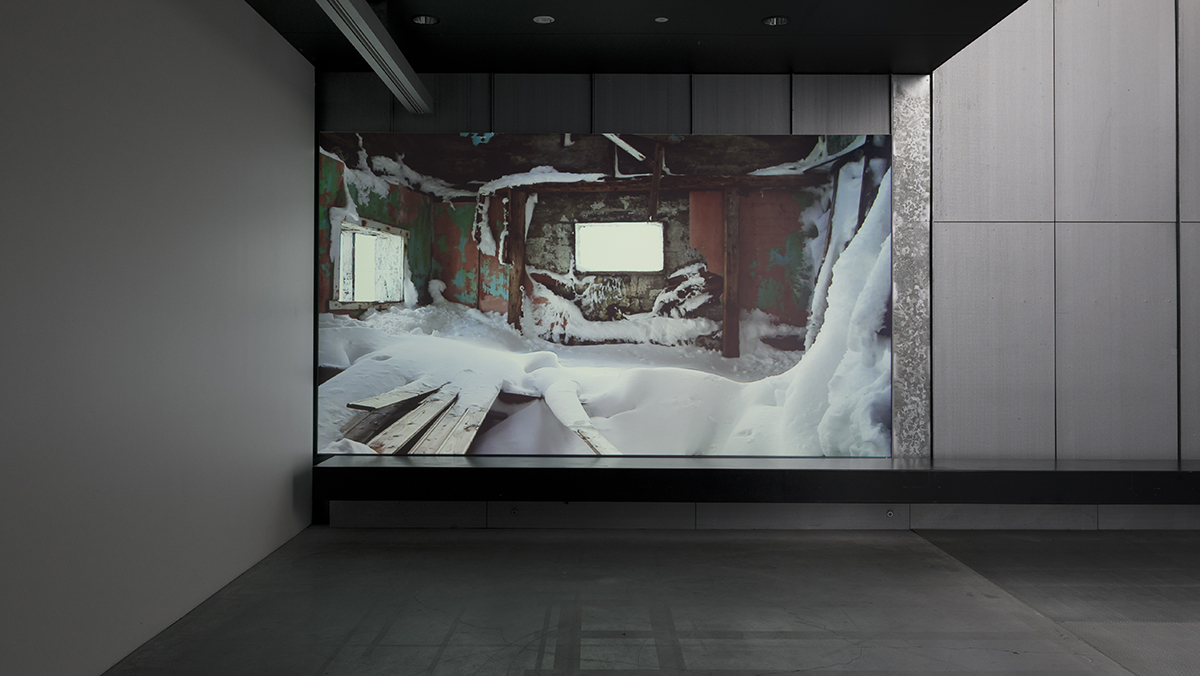Indefinite Terrains is an audio-visual essay that interprets the plantation forest as an assemblage of colonialism, capitalism and country. Through the location of the plantation, the effects of wood harvesting is explored through both narration and the audio-visual tracing of the forest’s controlled and operationalised terrains. Via this prism, the work examines the spatial and temporal patterns of the forest as a means to interrogate the relationships between bodies, beings and extractive processes.
Punctuated by the diaristic entries of the fictitious ‘plantation officer’, acts of listening and looking become speculative imaginings as the shifting geographies and histories of the forest are explored. Drawing on both the subjective and the real, Indefinite Terrains turns the seemingly factual site of the plantation into questions and uncertainties, situating resource extraction as a mechanism that remodels and remakes the world.
Indefinite Terrains was created with the support
of RMIT Gallery. The work was filmed and recorded on the country of the Dja Dja Wurrung, the traditional owners of Central Victoria.


